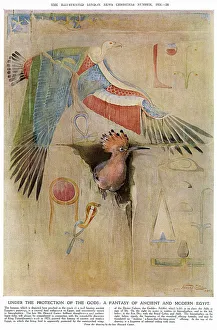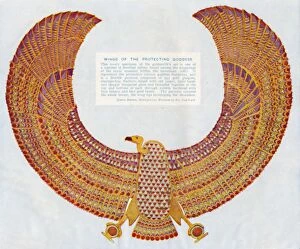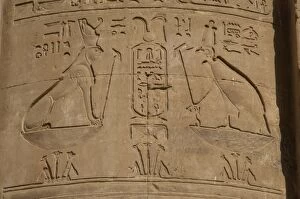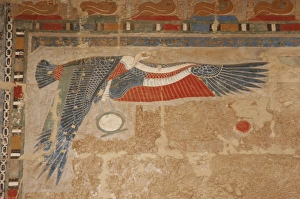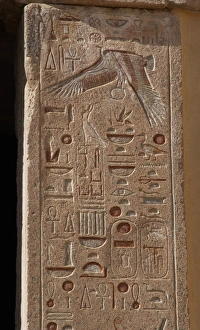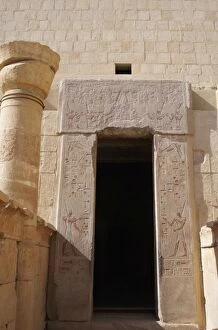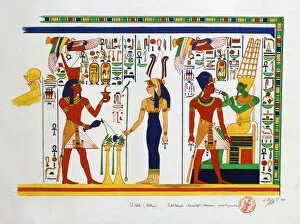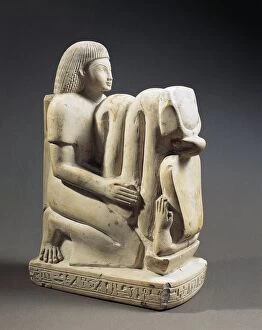Nekhbet Collection
Beneath the watchful gaze of the gods, Nekhbet, the protective goddess of ancient Egypt, spreads her wings of safety
All Professionally Made to Order for Quick Shipping
Beneath the watchful gaze of the gods, Nekhbet, the protective goddess of ancient Egypt, spreads her wings of safety. In temples dedicated to Horus, Harpocrates, and Typhon, her vulture form is depicted opening its wings in defense. At the Temple of Ha, her image adorns the door with polychrome reliefs, representing the unity of Upper and Lower Egypt. In the Temple of Hatshepsut, hieroglyphs on the walls tell tales of her divine presence. A copy of a fresco in the small Temple of Memnon at El Kab shows Nekhbet and Uadjet, both deities, perched on the royal diadem of Tutankhamen. In Karnak's Temple of Amon, a limestone statue of Setau, the overseer of storehouses, holds a Nekhbet cobra, symbolizing her power and protection over the land's riches. (150 characters)

